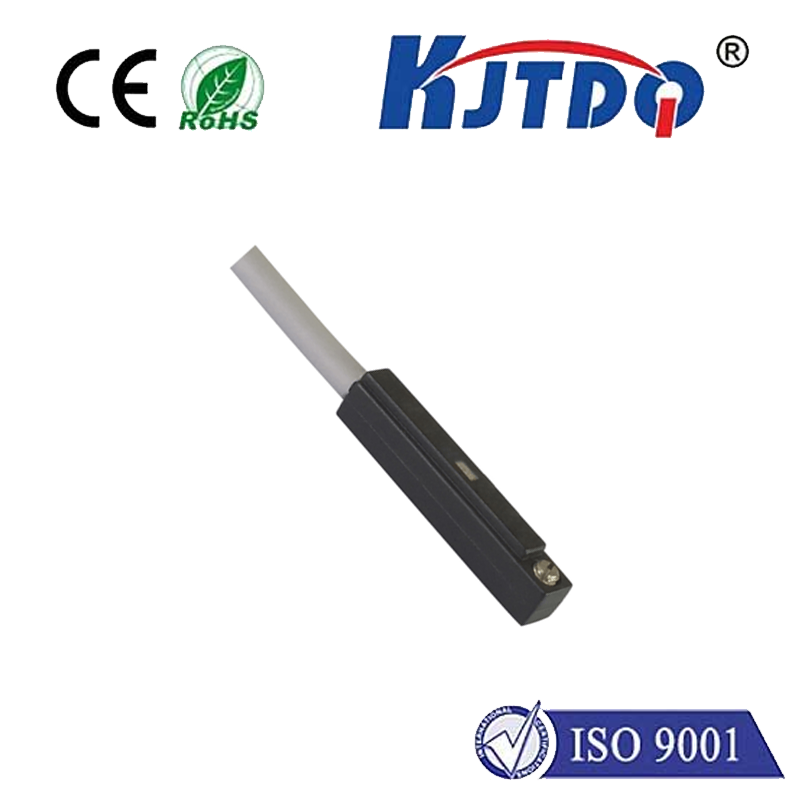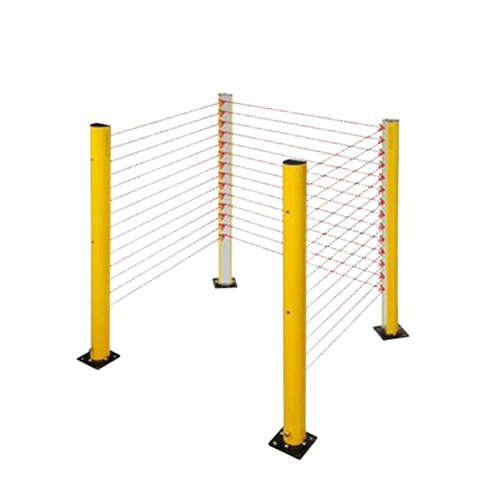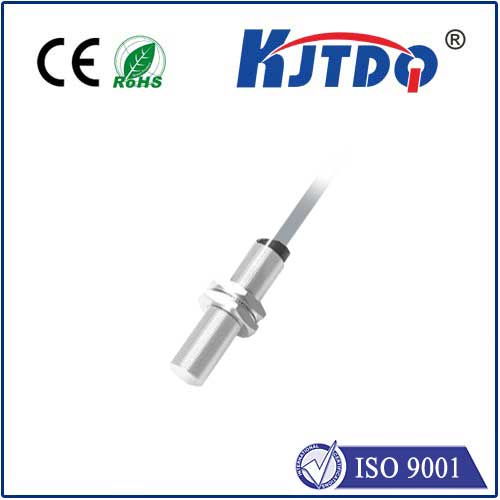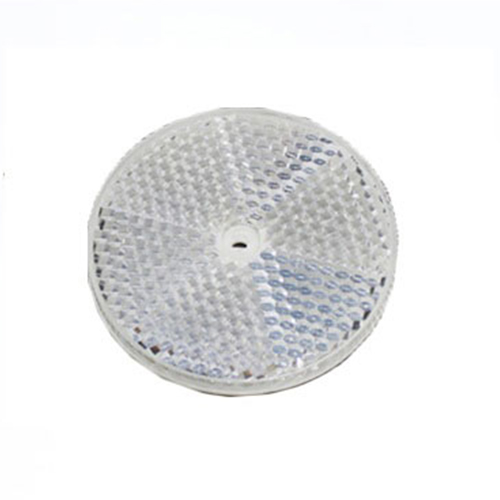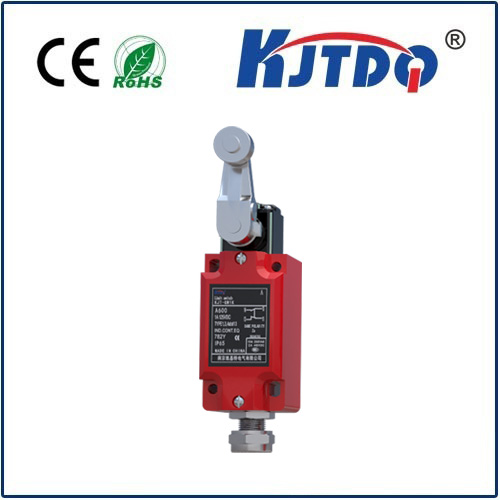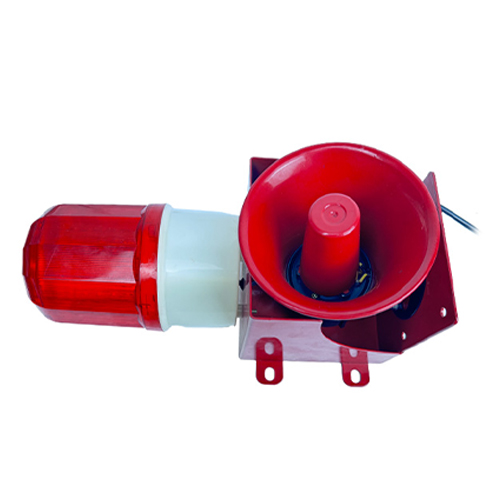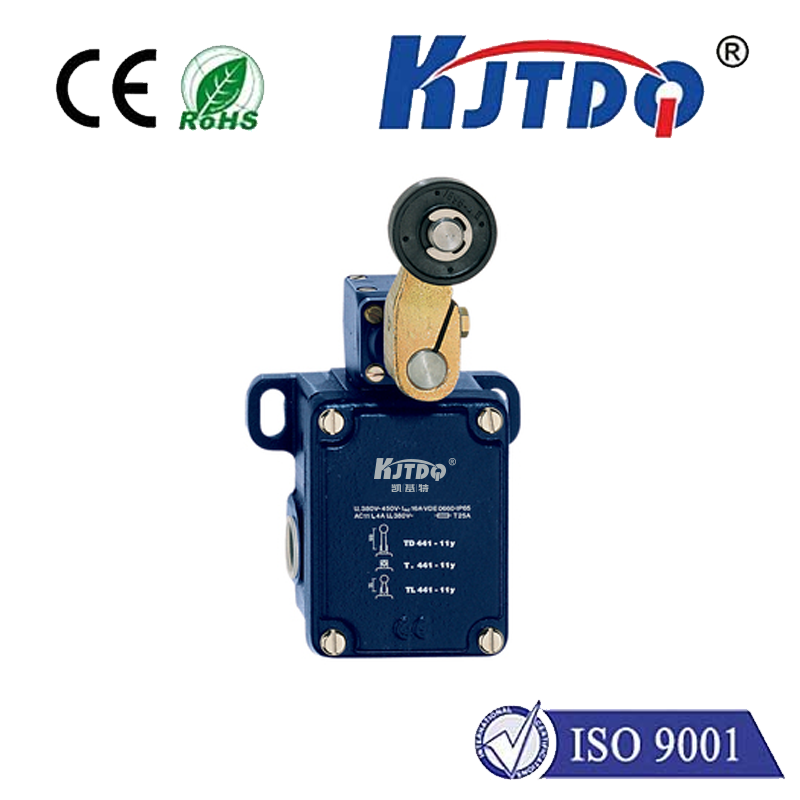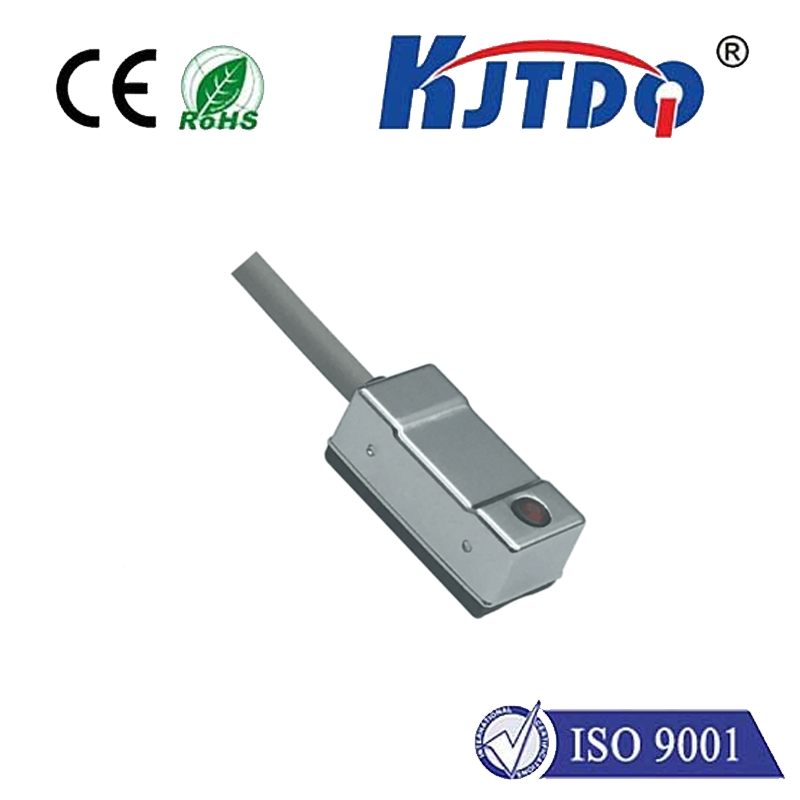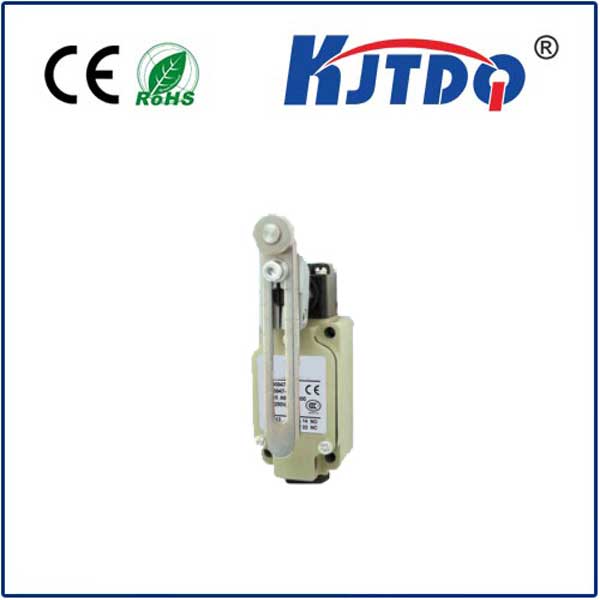

check

check

check

check

check

check

check

check

check

check
Title: Understanding Micro Switches: A Comprehensive Guide for 10A and 250VAC Applications
Introduction
Micro switches, also known as microswitches or miniature switchboards, are electrical components that control the flow of electricity in a circuit. These switches are designed to operate with low current and voltage requirements, making them suitable for a wide range of applications. In this article, we will discuss the fundamental characteristics and features of micro switches specifically designed for 10A and 250VAC applications.
Section 1: Characteristics of Micro Switches
Before delving into the specifics of 10A and 250VAC micro switches, it is essential to understand their general characteristics. Micro switches come in various shapes and sizes, but they all share the following key features:
1. Actuation Force: The amount of force required to toggle the switch on or off. Actuation force can be measured in grams (g) or pounds per square inch (psi). Common actuation forces range from 20 to 100 g.
2. Operating Voltage: The minimum voltage required to operate the micro switch correctly. For 10A and 250VAC applications, micro switches typically have operating voltages ranging from 12V to 24V.
3. Current Capacity: The maximum current that can be passed through the micro switch before it becomes damaged or fails. Current capacity is measured in Amps (A). For 10A and 250VAC applications, micro switches typically have a current capacity of up to 10A.
4. Contact Type: There are two types of contact types commonly used in micro switches: single-contact and double-contact. Single-contact switches have one terminal for connection, while double-contact switches have two separate terminals for connection.
5. Lifespan: The average service life of a micro switch in terms of hours or years. Longer lifespans indicate higher reliability and better performance.
Section 2: Features of 10A and 250VAC Micro Switches
Micro switches designed for high-power applications must meet specific requirements to ensure safe and reliable operation. Here are some key features you should look for when selecting a micro switch for a 10A or 250VAC application:
* High-temperature Resistance: To withstand the high temperatures associated with high-power circuits, micro switches with temperature ratings exceeding 155°C are recommended.
* Fast Actuation Time: In applications where switching time is critical, such as in automotive or aerospace systems, select a micro switch with a fast actuation time (typically less than 2ms).
* Low Contact Resistance: To minimize power dissipation and improve efficiency, choose a micro switch with a low contact resistance (typically less than 1mΩ).
* Easy Installation: Ensure the micro switch can be installed easily without requiring specialized tools or hardware. Look for micro switches with compact designs that fit seamlessly into your existing circuitry.
* Reliability: Choose a micro switch with a proven track record of reliability and durability under harsh operating conditions. This may include certifications such as CE, RoHS, or ISO9001.
Section 3: Application Suggestions for 10A and 250VAC Micro Switches
Now that you have a basic understanding of the characteristics and features of micro switches designed for high-power applications, let's explore some potential applications where these switches could be used:
1. Electrical Switchboards: In industrial and commercial settings, micro switches can be used to control various electrical circuits, including lighting, ventilation, HVAC systems, and power distribution.
2. Automotive Systems: Micro switches are essential components in automotive electronic systems, such as power windows, door locks, and alarms. They help protect passengers and drivers from potential hazards caused by malfunctioning electronics.
3. Aerospace Applications: Micro switches are crucial components in aerospace systems
